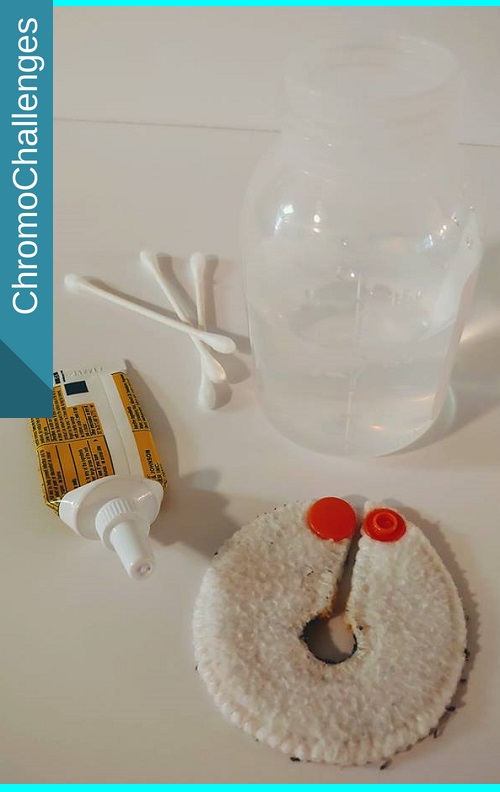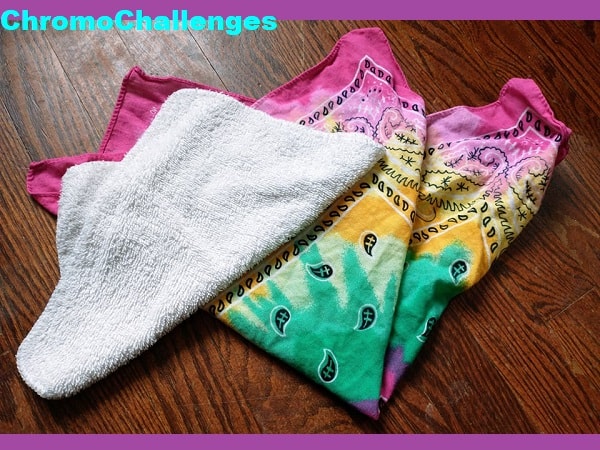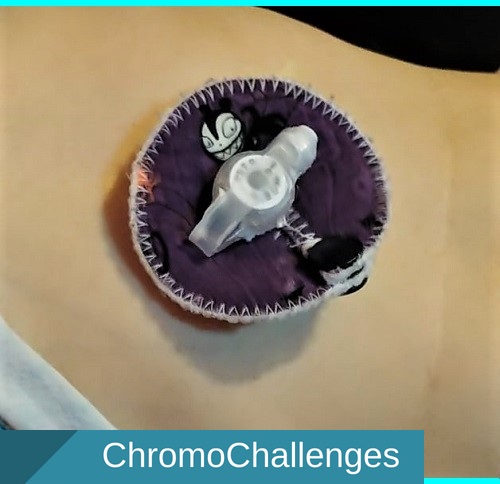G-tube Stoma Care for Minor Wounds
This post includes my preferred method for treating minor “wound”-level irritation at my daughter’s g-tube stoma site, the area on her torso where a tube inserts through the skin to deliver blended food directly to her stomach.

Disclaimers
- All content on this blog is for informational purposes only. If you use any of this information — you do so with this website’s encouragement to communicate with licensed medical professionals when making decisions about your health, presumably having done your own research, and in full knowledge of this website’s policies.
- This page includes affiliate links. At no cost to you, I may receive a commission if you make a purchase using any of the affiliate links on this page.
G-tube stoma care for minor wounds
How I perform g-tube stoma care if my daughter has minor stoma wounding:
- Buy Neosporin Plus Pain Relief Cream.
- Use a water-soaked Q-tip to gently rinse the stoma site.
- Use a dry Q-tip to gently pat dry the stoma site to remove excess moisture.
- Apply a generous amount of Neosporin cream to the stoma site from the edge of the entry point out to the edges of redness with emphasis on where there has been any bleeding.
The above instruction is my approach to g-tube stoma care when there is very minor bleeding, such as that which might darken gauze or a tubie pad from irritation.
Types of irritation that lead to very minor bleeding at my daughter’s g-tube site include learning to do belly time, accidentally snagging her tube when playing, if she pulls at her tube, or similar activity.
Common stoma wounds and severity
Normal
A normal stoma site has no visible issues, but I would say an unaffected site is the exception and not the rule. My daughter’s stoma site was unaffected when she used an umbrella-type g-tube, but now she uses a balloon-type g-tube.
Granulation
Granulation refers to skin buildup at the opening of a stoma. It’s not usually problematic unless it becomes red and irritated from being rubbed by the tube when it rotates. Sometimes granulation tissue can lift and the crease beneath can bleed a little.
Granulation tissue often develops from friction, or when a stoma site isn’t kept dry and moisture makes friction worse. An easy preventive is to use tubie pads to keep the area dry and unrubbed.
Two ways granulation tissue is commonly addressed is by using calmoseptine mixed with alum to a paste and applied to the site, or nitrate sticks are used to destroy the granulation tissue.
Wound level
What I refer to as a wound means that there is minor bleeding or rawness. Wounds are found at the surface or just under the head of the g-tube.
Wounding most often occurs due to friction from the g-tube itself, from being pulled during cares or by the child, from developmental milestone activities such as belly time, or perhaps a burn from using a silver nitrate treatment stick, etc.
My method for treating a wound at my daughter’s stoma site is to follow the instructions found near the top of this post.
Prolapse
Stoma prolapse at a g-tube site is distinct, but is sometimes confused for granulation tissue. Prolapse, however, protrudes, is much more prominent, usually bright red, and looks like a ring of meaty tissue.
Prolapse requires surgical attention.






